How to print with BCN3D ABS
The most used technical material in several industries around the globe. The ABS combines stiffness and resistance against impacts, and it has been reformulated to ensure good interlayer adhesion and to reduce warping.
What is ABS?
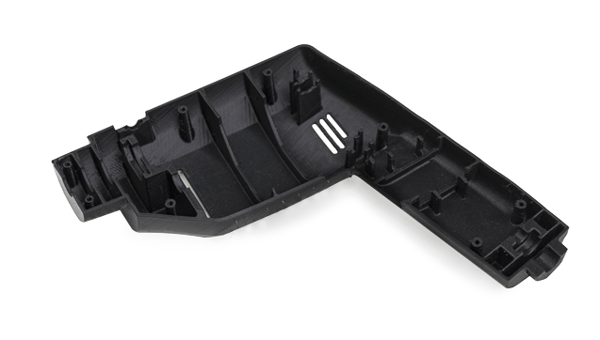 |
ABS (acrylonitrile butadiene styrene) It's an engineering material that combines rigidity and resistance to impacts. It is the ideal material for technical applications and moving parts. Traditionally a challenging material to print with FFF printers, it has been reformulated to ensure good interlayer adhesion and to reduce warping. |
Our grade allows for excellent dimensional accuracy and high durability. Using ABS is highly recommended to enable the Raft to avoid chipping the glass.
You can purchase ABS from our store: BCN3D ABS
ABS compatibility with BCN3D printers / hotends
| ✔ | ✔ | ✗ | ✔ | ✔ |
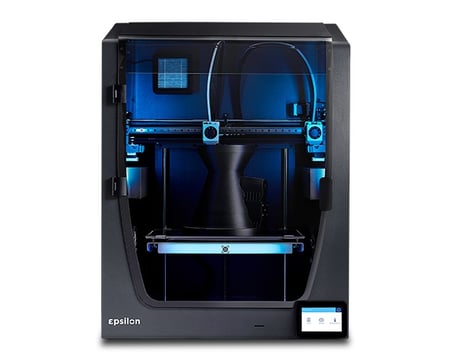 |
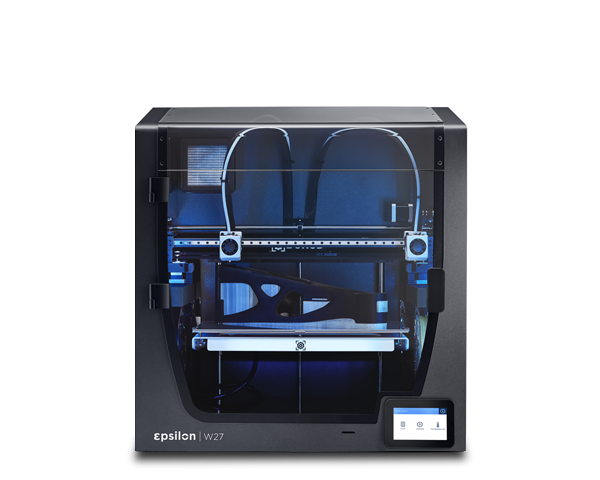 |
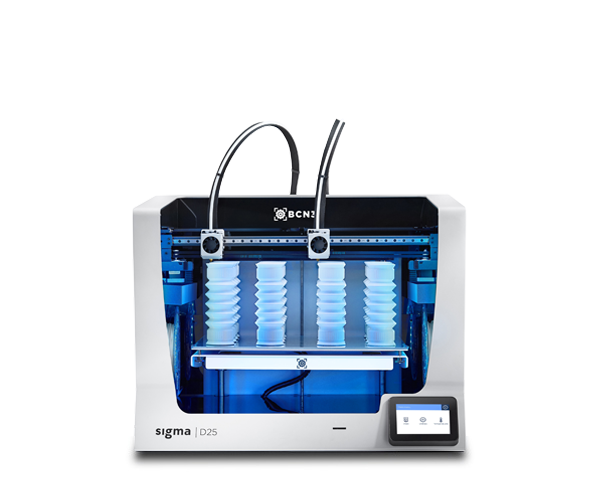 |
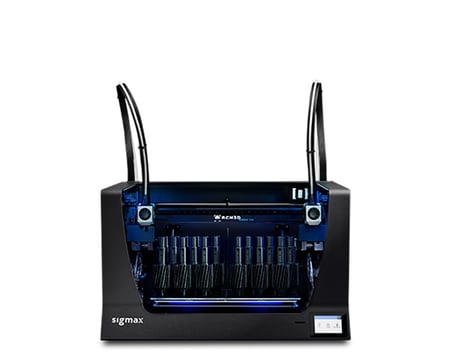 |
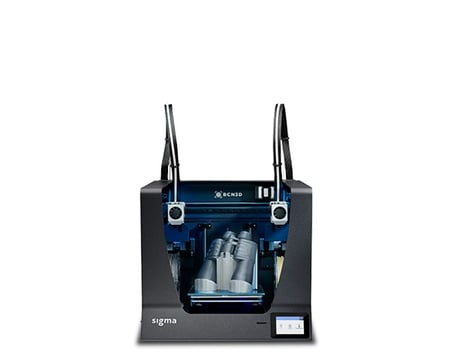 |
|
0.4 / 0.6 / 0.8 / 1.0 |
0.4 / 0.6 / 0.8 / 1.0 |
0.4 / 0.6 / 0.8 / 1.0 |
0.4 / 0.6 / 0.8 / 1.0 |
Supported materials combinations
The BCN3D ABS is compatible with the following BCN3D Filaments.
| Standard materials |
||||||||||||||
| PLA |
TPU ✔ | PVA |
BVOH ✔ | TPLA |
PET-G |
|||||||||
| Technical materials |
||||||||||||||
| ABS ✔ | PA ✗ | PP ✗ | ||||||||||||
| Composite materials |
||||||||||||||
| PAHT CF15 ✔ | PP GF30 ✗ | PET CF15 ✔ | 316L ✗ | 17-4 PH ✗ | ||||||||||
ABS printing settings - 0.4 mm nozzle
| Extruder temperature | 230ºC-250ºC |
| Build plate temperature | 95ºC |
| Speed | 30-80mm/s |
| Retraction speed | 30 mm/s Full enclosure models |
| Retraction distance | 5 mm Full enclosure models |
| Cooling fan | 0-20% |
| Minimum layer height | 0.15-0.4 mm |
| Build plate Adhesion | Raft |
- Note: BCN3D Lab develops specific configurations for each material and printer. Be sure to use the last BCN3D Stratos version.
Build plate adhesion
|
Clean the glass before a print or apply a fine and even layer of Magigoo Original glue to achieve proper adhesion between the 3D printed part and the printing surface of your 3D printer in order to keep the part fixed. It is best to apply Magigoo when the printing bed is cool. Is very important to enable "raft" in the built plate adhesion settings to absorb the tensions of the material and prevent any damage to the printing surface |
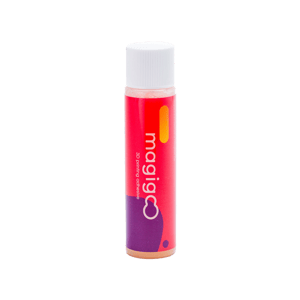 |
Recommendations
Plastics absorb moisture from the air. When the material is not in use for extended periods of time, it is recommended to keep the ABS spools in a box or airtight container with desiccant to keep them dry.
Once the part is printed, remove the piece carefully to avoid chipping the glass. The removal of the object is easier if you apply water on the glass.
Digital documentation of the ABS
Here you can find and download the Technical data and the Safety data sheets of our ABS:
|
|
|
| Send us your comments about this article |
 |
||
RELATED ARTICLES |
|||
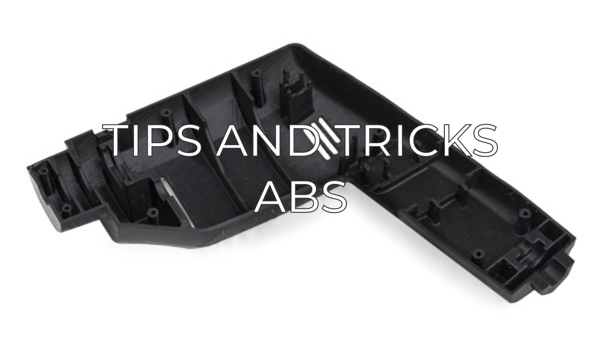 |
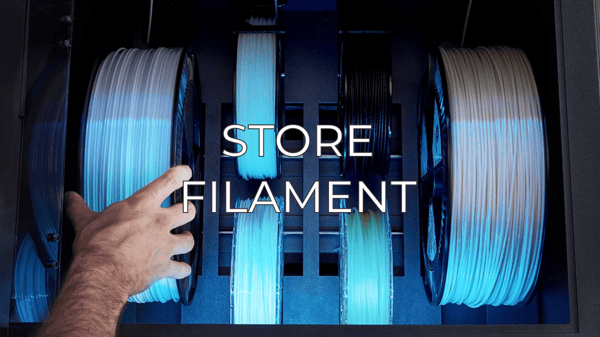 |
||
